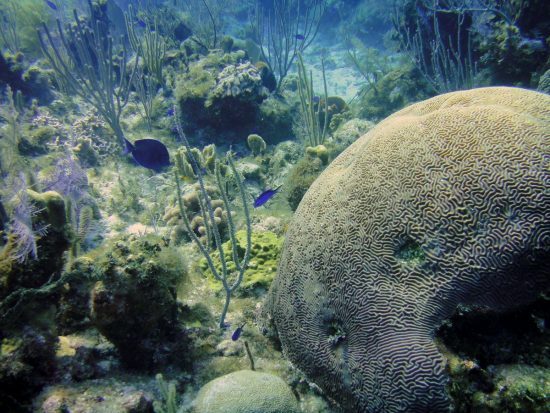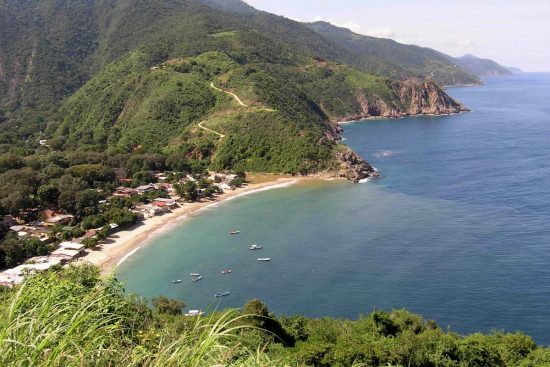




Important details found in calcium carbonate skeletons of corals
The calcium carbonate skeletons of corals retain important details
about their environment throughout their lifespan. As such, scientists
led by the GEOMAR Helmholtz Centre for Ocean Research Kiel have been
looking to them as they reconstruct climate trends thousands of years
in the past. However, extreme events like El Niño have greatly affected
the growth and metabolism of corals, thereby distorting the results of
such temperature reconstructions.
They are among the largest master builders in the seas; they construct
the habitat for countless species of marine life; and as breakwater,
they protect the coastline from erosion. Indeed, corals serve very
diverse functions in the oceans. For scientists, corals are important
chroniclers of the environment. Their calcium carbonate skeletons
retain detailed information about the conditions they encounter
throughout their lifetimes. Such information includes the seawater’s
temperature or salinity. Because of this, researchers can use dead
coral to precisely reconstruct the climate thousands of years ago.
However, corals are very sensitive. They can be drastically affected by
temperature fluctuations or the turbidity of the water.
“After the
prominent El Niño in 1997 to 1998, the resultant coral bleaching
damaged about 16 percent of global stocks,” said paleo-oceanographer Dr
Steffen Hetzinger from GEOMAR in German.
Together with colleagues from
the RWTH Aachen University, the University of Kiel and the Free
University of Berlin, he studied the coral reefs at the
Venezuelan-Caribbean coast and proved that such events could affect the
metabolism and growth of corals so much that their temperature records
could be misleading.
The results of this study have been published in the international Scientific Reports journal.
“The effects of El Niño have severely hit the Caribbean again. Since
the mid-1990s, coral bleaching has occurred several times,” explained
Dr Hetzinger.
Additional stress factors like unusual plankton blooms
also polluted the corals there. He added that heavy rain in December
1999 had led to so much mud being deposited in the sea that the coastal
waters were affected for years.
All these events have led to the corals along the coast to grow much
slower or not at all. However, there are differences between the two
scenarios.
In the case of extreme events, the corals regained their
normal growth rates several years after the event. In the case of
climate-induced events, the lowered growth rates were permanent.
“When
we examined the coral samples on the basis of specific isotope ratios,
significant shifts between the times before and after the environmental
stress events were obvious,” said Dr Hetzinger.
This is important as the isotope ratios serve as indicators of specific
environmental details like temperature and salinity.
According to Dr
Hetzinger, although extreme events like the El Niño could be deduced
from examining the coral skeletons, their study demonstrated that one
needed to consider the physiological changes in the corals as well, if
they are to be used for climate reconstructions.
Link to study
 Mares
Mares 28th September 2016
28th September 2016